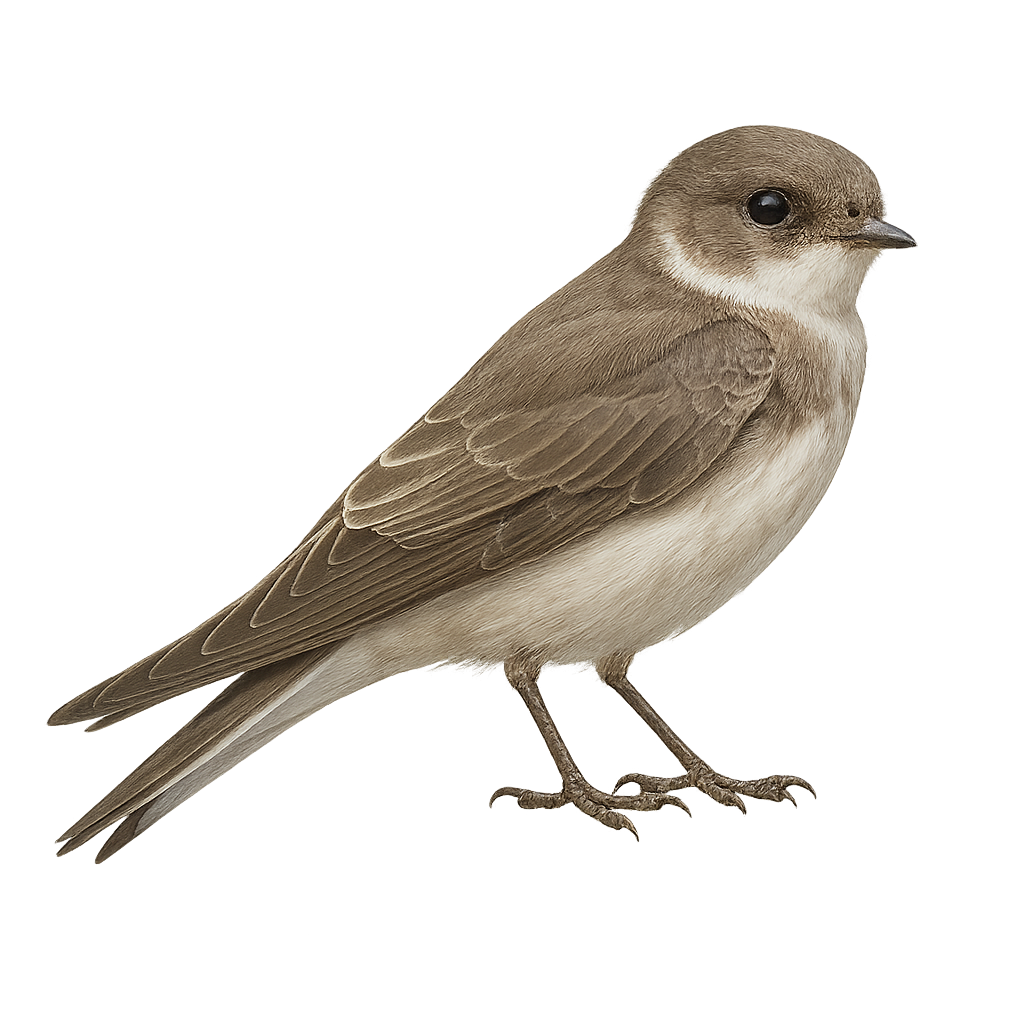Your wildlife photography guide.
Explore the sand martin in detail, study its behavior, prepare your shots.
Where to observe and photograph the sand martin in the wild
Learn where and when to spot the sand martin in the wild, how to identify the species based on distinctive features, and what natural environments it inhabits. The WildlifePhotographer app offers tailored photography tips that reflect the sand martin’s behavior, helping you capture better wildlife images. Explore the full species profile for key information including description, habitat, active periods, and approach techniques.
Sand martin
Scientific name: Riparia riparia

IUCN Status: Least Concern
Family: HIRUNDINIDAE
Group: Birds
Sensitivity to human approach: Suspicious
Minimum approach distance: 20 m
Courtship display: May to June
Incubation: 14–16 jours
Hatchings: June to July
Habitat:
Rivers, lakes, wetlands
Activity period :
Primarily active during the day, with peak activity in the morning and late afternoon.
Identification and description:
The sand martin is a small migratory passerine bird found primarily along rivers, lakes, and wetland areas in Europe, Asia, and North Africa. It is easily recognized by its brown-olive plumage on the back and white on the belly, as well as its social behavior when it gathers in colonies to nest. This small bird primarily feeds on insects, which it captures in flight during its passes over the water.
Recommended lens:
600 mm – adjust based on distance, desired framing (portrait or habitat), and approach conditions.
Photography tips:
Photograph the sand martin using a telephoto lens to capture its fast movements in flight and its nesting behavior. It is best to photograph early in the morning or late in the afternoon when the light is soft and the bird is more active. Be ready to capture moments when the bird flies over the water or interacts with its mates.
The WildlifePhotographer App is coming soon!
Be the first to explore the best nature spots, track rutting seasons, log your observations, and observe more wildlife.
Already 1 430 wildlife lovers subscribed worldwide

